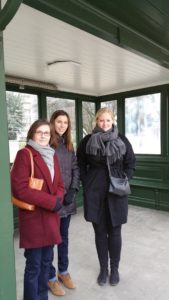Design Goal
What have you learned about the target customers? What ends (functional, emotional, psychological, social) does the design need to fulfill for the target customer?
In this project, we have approached Catholic priests as target customers. For priests, we have learned that most of them (from our sample size at least) think that working to improve their own homiletic skills and the preaching ability of others is of utmost importance. They think that these improvements should start at the beginning of the priesthood, in the classes of the seminary with a stronger emphasis on the Scripture. Next, many of the priests expressed a desire to receive feedback on their homilies so that they may know what and how to improve in their preaching. They approached this aspect in a variety of ways, including a panel of laypeople to hear the homily early in the week and give feedback before the priest preaches on Sunday, filming the homilies and watching them to learn how to improve similar to an athlete watching game film, priest conferences on preaching, and several other ideas. Although these are all excellent ideas that can be helpful in the improvement of the homiletic skills of priests, a recurring theme among the priests we interviewed was lack of time. Due to the copious responsibilities of priests, it is difficult to find time to diligently work on preparing a homily, and many priests voiced that they spend much less time preparing to preach than they would like to “in a perfect world.” Therefore, an important aspect of this project is to understand and implement a system in which priests can work to improve their homilies, whether with one of the aforementioned options or with new ideas, while being cognizant of the time constraints that priests have.
User Perceptions
How important is your proposed offering to the target customer’s well-being? Are there aesthetic attributes necessary to succeed with the target customer? Are there reputational aspects involved? What are the key research insights?
The project of improving the homiletic skills is very important to most of the priests that we have interviewed. However, we are aware that this may not be representative of all priests, for our sample size consisted primarily of priests that we have good relationships with, and these priests are passionate about preaching and their audiences, making them good preachers. With that being said, there are absolutely reputational aspects involved in this project because although priests have a myriad of responsibilities, they are often only judged as a “good” priest by their preaching ability.
The key research insights we have discovered are that priests think there is a definite need to improve homiletic skills of themselves and other priests. Many priests believe that they are good preachers, even bad ones, but everyone could improve is some way or another. They think that this improvement needs to start at the beginning of the priesthood, the seminary, and continue throughout the life of a priest in some fashion. They want to connect with the people they are preaching to and bring them closer to God with their homilies. They want to find a way to improve while not taking away from their other responsibilities.
Problems/Needs/Opportunities
What are the target users’ preferred outcomes as they engage with the offering? What pain points does the target user experience with existing options? What gaps exist with existing options that may hamper the target user’s ability to achieve preferred outcomes? What are the newly emerging needs or aspirations of the target user?
Priests want to improve their homiletic skills of themselves and other priests in order to make the message of God clear to their audiences. The pain points in achieving this outcome are the constraints of time due to other obligations, priests not wanting to go out of their way to change their approach to preaching, and the lack of formal systems in place to improve the homiletic skills of priests. Existing options to improving homilies include “homily help” books and websites, but the gaps in these options are that they are not tailored to a certain audience, lose their effect over time, are not original thoughts or “inspired by the holy spirit touching me” (Fr. Kevin Russeau), are abundant and difficult to discern what is useful, and some priests do not desire to use these because they do not think they need to improve their current preparation tactics. The needs and aspirations of the target user are those which have already been stated: to implement a system (or systems) to improve the homiletic skills of priests while being mindful of the time constraints of priests.
Functional Attributes
Does the design of the offering need to accommodate specific use-case scenarios? List them in order of importance to the target customer. Does the design need to address compatibility or standards issues?
The design should provide priests with the ability to accommodate their own specific scenarios in which they are able to change their homily based on their audience, for preaching at a dorm Mass on campus, a wedding, or a funeral are very different scenarios that require different preparation techniques. Furthermore, the design of this program needs to provide valuable insights for priests of all ages, and prove to priests that may be hesitant to change their ideas about their process of preparing and delivering homilies that this process is worthwhile.
Constraints
What are the confines of our project work? What limitations might there be based on costs or requirements?
As previously stated, time is a major constraint in this project, for Catholic priests such as those who work at a university, college, or high school and parish priests have a plethora of responsibilities that require their attention, and preparing a homily can often take a backseat to other duties. Another constraint that is difficult to work around is the fact that priests have done things the same way for a long time, for there is currently no formal program of continued homiletic training after priests are ordained, so some priests may not be open to seeking out or accepting help in their homily preparation.
Guiding Principles
1. I’m fine, but these other guys definitely need help.
- There is a need to improve the homiletic skills of priests.
- Every priest could improve their preaching.
- Priests often see themselves as good preachers but recognize when others need to improve.
- According to our survey of students who attend Mass on campus, priests need to improve in three main ways:
- Relatability
- Shorter, more direct message
- Enthusiasm/excitement

“I think priests could improve their homilies in three main ways. First, I think priests try to do too much, they overreach and make things too complicated. Second, I think they often go too long. And three, they don’t make it relevant for real life. If you talk about saints or other things in the Church but do not connect it to life today, it’s not going to do any good with your audience.” -Fr. Sean McGraw C.S.C.
2. There are not enough hours in the day.
- Catholic priests have many other things to focus on (teachings, other sacraments, rector, campus ministry, chaplain, etc), but Protestant ministers primarily focus on preaching.
- The various other responsibilities of Catholic priests present major time constraints on priests.
- These time constraints lead priests to delay their homily preparation, until as late as the day before or morning of their Mass.

“In an ideal world, I would start preparing my homily on Monday or Tuesday by reading, reflecting, and praying on the readings and then pick up on different things in my life that relate to the readings throughout the week. However, because I have so many other things going on, the process often becomes truncated and I’ll read and reflect on the readings Saturday night for Sunday’s Mass.” -Fr. Pete McCormick C.S.C.
3. Hit me with your best shot.
- It is important for priests to receive feedback on their homilies in order to improve.
- There is currently no formal system for improving homiletic skills of priests after ordination.
- Because of this, many priests never receive any formal training for the rest of their lives.
- Laypeople often shy away from giving constructive criticism because they do not want to offend the priests or feel they are unqualified to give advice.
- Even when priests want feedback, laypeople are not in a position to give it.

“I feel that laypeople are not empowered in the Church. If I were in charge, I would install a “homiletics committee” of laypeople that would listen to the priest’s homily earlier in the week, like Thursday or Friday, and then give feedback and criticism of the preaching.” -Zack Imfeld MDiv.



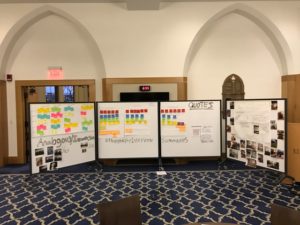
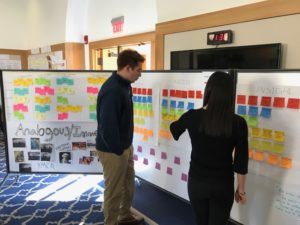
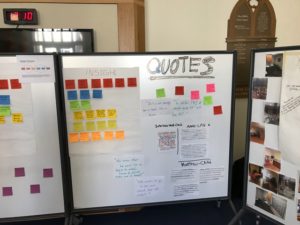
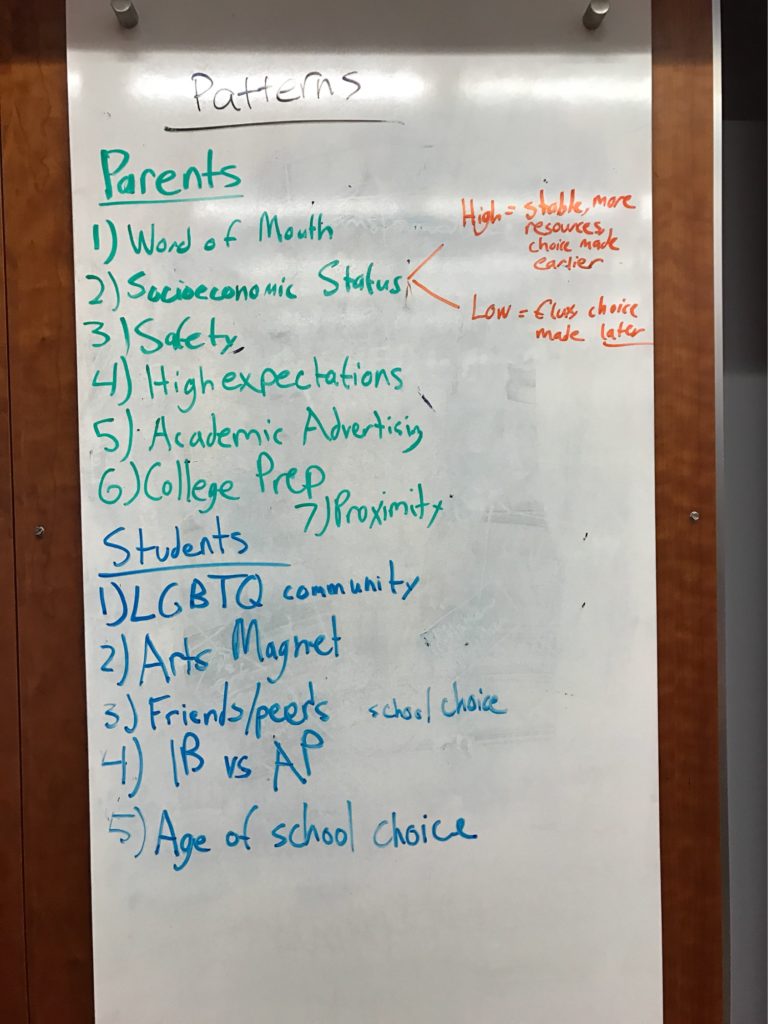
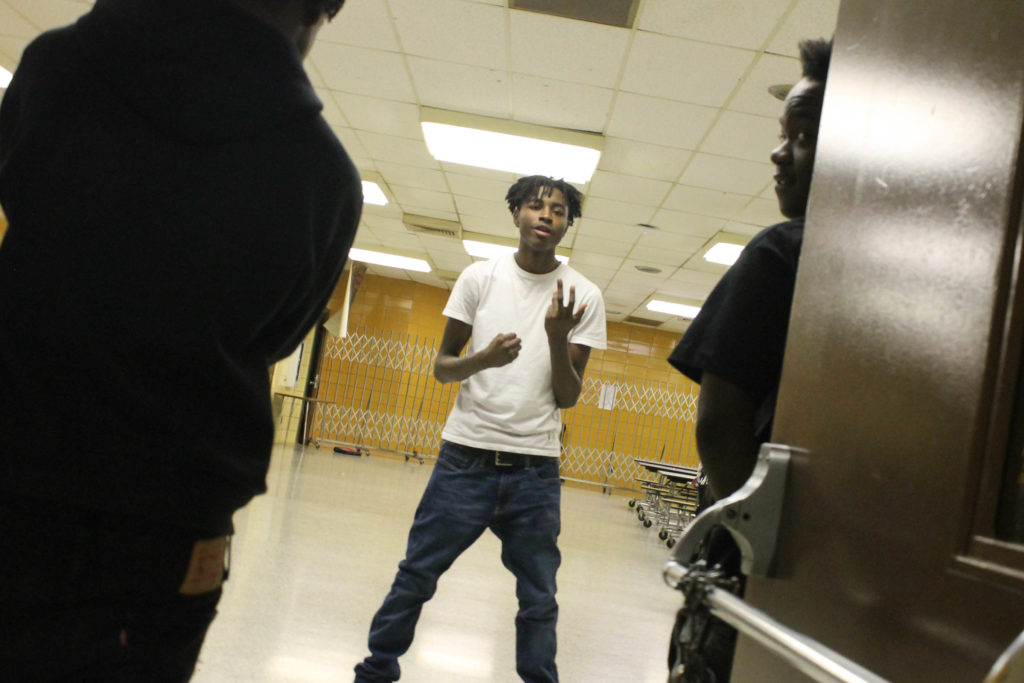
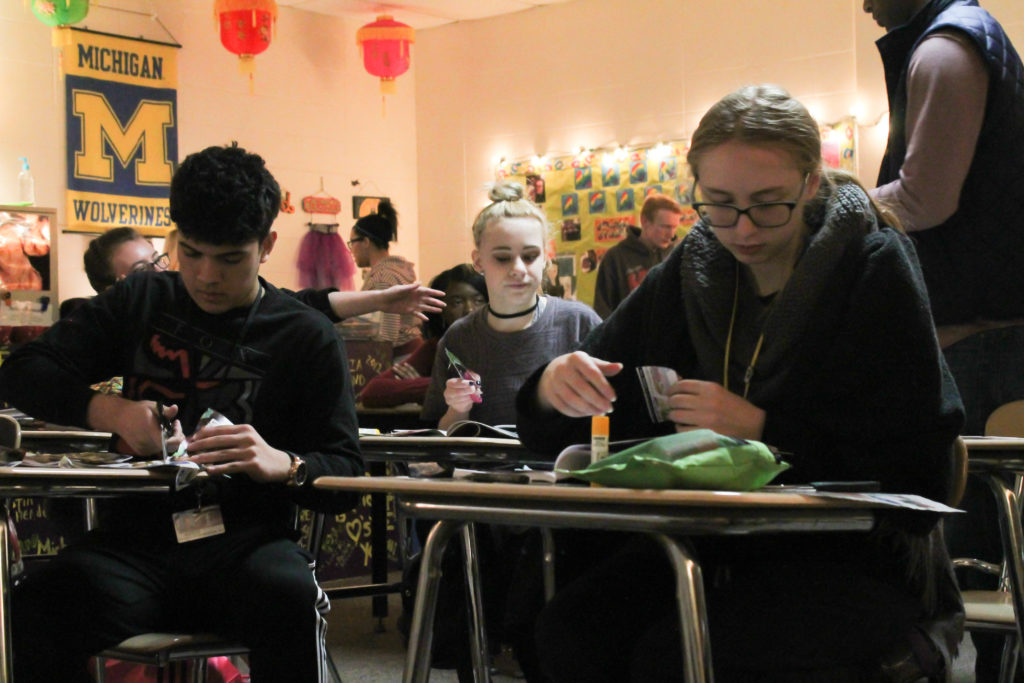

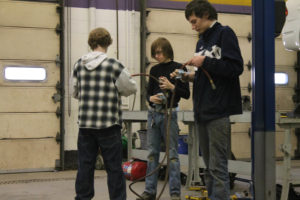 CTE is highly successful in preparing students for full time careers.
CTE is highly successful in preparing students for full time careers.
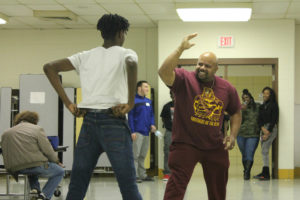
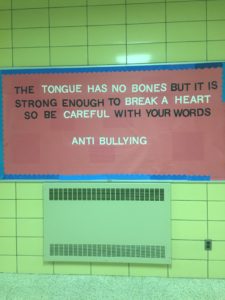

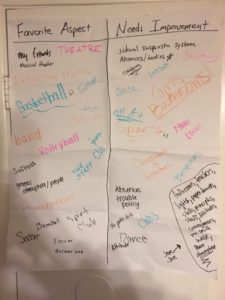
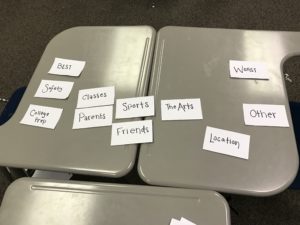 The Card Sort and User Survey also provided insight that the magnet matters.
The Card Sort and User Survey also provided insight that the magnet matters. 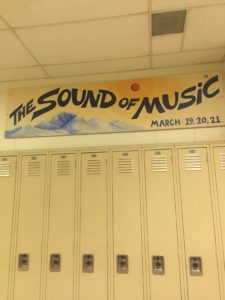
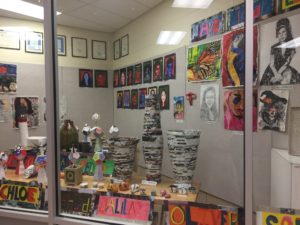

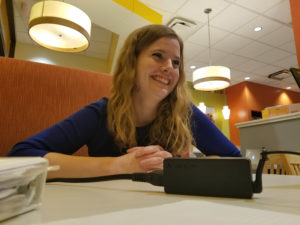
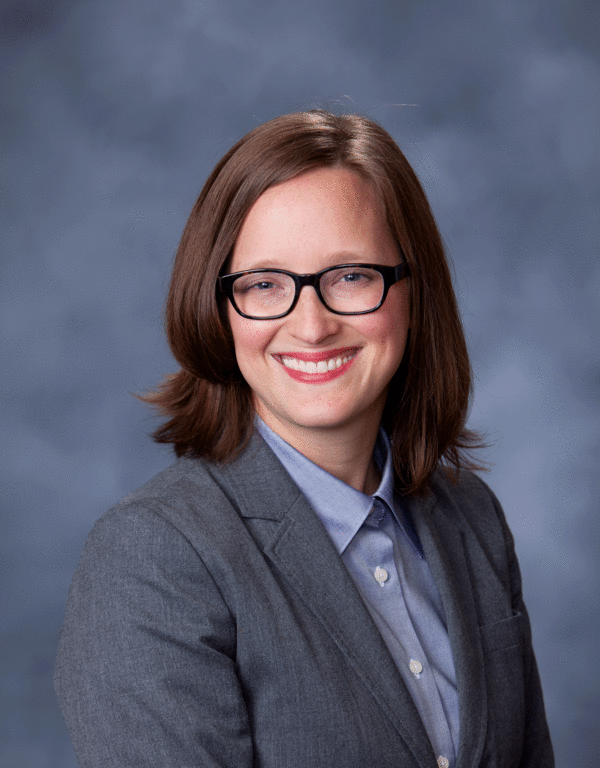 “
“
